I didn’t know much about Myanmar prior to landing in Yangon. That was deliberate; I thought it would be great to spend a month there discovering it fully. I now know that Myanmar is infamous for the military junta that has been running the country since 1962, and famous for the opium and precious stones trade (Myanmar produces around 90% of the world’s rubies) and for having George Orwell as an imperial policeman from 1922-27.
He wrote Burmese Days, a novel about the decay of the British Empire. Burmese people say Orwell not only based one of his books on their country but three, because they affirm both Animal Farm and 1984 were also inspired by Myanmar.
Immediately after landing in Yangon from Bangkok the first thing that struck me was everyone dressed in a skirt: the longyi, a tube-shaped cloth that women attach to the side and men at the front with a bulbous knot, which, by its location if not its form, looks slightly phallic. The feminine skirt usually has floral patterns and light colors while the males’ are dark.
The second was a sort of yellowish paint women and most kids applied to their faces and foreheads. Thanaka is the name of the makeup, a natural cream obtained from rubbing the bark of the tree of the same name with a smooth stone that has been lightly wetted. The stripped bark, when mixed with water, forms a yellow paste that is then applied to the skin. Its properties are sun protection and a fresh scent, with lemon hints. An old man who briefly guided me while visiting some of Yangon’s temples poetically told me that thanks to thanaka’s smell he’d like to kiss every Burmese woman.
And the third aspect that caught my eye was the maroon color of the Buddhist monks’ robes. I have no idea how many thousands of Buddhist monks there are in Myanmar, but I wouldn’t be surprised if it was the world’s leading country (although in terms of Buddhist population Myanmar is the fourth largest behind China, Thailand and Japan). As part of their education every male child spends a week in a Buddhist monastery, taking lessons and living according to the monastic regime.
These three ubiquitous characteristics make Myanmar one of the most visually unique countries in the world. My first days there I couldn’t stop checking the longyis, looking at how each woman applied the thanaka differently, and following the hundreds of monks that each day walked the streets with their heads fully shaved and wrapped on the maroon robes receiving alms from people.
Back in 1999, I went to Cuba because I wanted to see the communist country stuck in the 50’s before it would change drastically (back then, I didn’t expect its political situation to remain nearly unchanged until today). Somehow, as I walked through the colonial streets of Yangon towards the Ayeyarwady River, and despite the distance, memories of La Habana immediately sprouted in my mind. I think visiting Cuba and Myanmar is the closest I’ve been to time travel.
There’s something mystical about going back in time. It’s difficult to pinpoint why. I guess it has to do with all the historical movies we’ve seen. There’s a certain familiarity, yet there’s plenty of novelty too. At times it’s difficult to comprehend how it is possible for some countries to still be so far behind.
As traveling through Myanmar is slow, very slow, I concentrated my time in the Central part of the country, starting in Yangon, then heading to Bago, Kalaw, Inle Lake, Mandalay, and Bagan, to end my anti-clock tour on Ngwe Saung beach. The military had tight control of the main roads and most buses had to stop at checkpoints and all the passengers had to get off to show their identity cards. Foreigners had it nearly impossible to get to the country’s most remote areas, particularly in the north, due to the long conflict between the junta and the main ethnic groups there.
The highlights of my month in Myanmar were:
- Witnessing the Buddhist monks’ lunch ceremony at Kha Khat Wain Kyaung monastery in Bago, one of Myanmar’s leading monasteries. Visitors are allowed to freely wander inside the monastery from the kitchen to the dining room.
- A 3-day hike through Myanmar’s countryside, from Kalaw to Inle Lake. There was no machinery in sight and in villages there were mostly bamboo houses. Several small ethnic groups led simple but very hard lives. I spent one night in the house of one of the village’s chiefs, and the second one at a small Buddhist monastery.
- Inle Lake is one of the country’s top spots and it’s not to be missed. It’s worth renting a boat for at least a whole day to visit around the lake. There are villages on the water, floating gardens and a few monasteries, all worth visiting.
- Mandalay and its surroundings. There are places whose atmosphere grab you the moment you step into them and Mandalay, despite being the country’s second largest city, is one of those magic places. It’s a great city to walk or cycle around, and the perfect base to visit Sagaing, Amarapura, Inwa and Mingun.
- Bagan was one of the most important cities in Asia until the 13th century, when the Mongols invaded it. Over 2,000 Buddhist temples still remain, making Bagan a rival to Angkor in Cambodia. Spend at least 2-3 days to really enjoy it all.
Even though I’ve experienced it in other Buddhist countries, and despite the poverty, I breathed an air of calmness in Myanmar that is difficult to beat. Burmese people were extremely friendly and polite, and most of them were happy to see a westerner interested in their country.
Thanks to the recent political openness, the country has become a more popular destination in Southeast Asia. Its popularity will increase as more people venture to explore it. Myanmar is a classic precious stone; a beautiful old jewel kept in a wooden box. Its light will dazzle anyone who takes the trouble to open the box that contains it so tightly.
Carlos Peñalba is a writer and photographer, and author of travel memoir The Year I Became a Nomad: A journey through Asia on a quest for freedom, love and happiness – theyearibecameanomad.com
His book is available on Amazon.

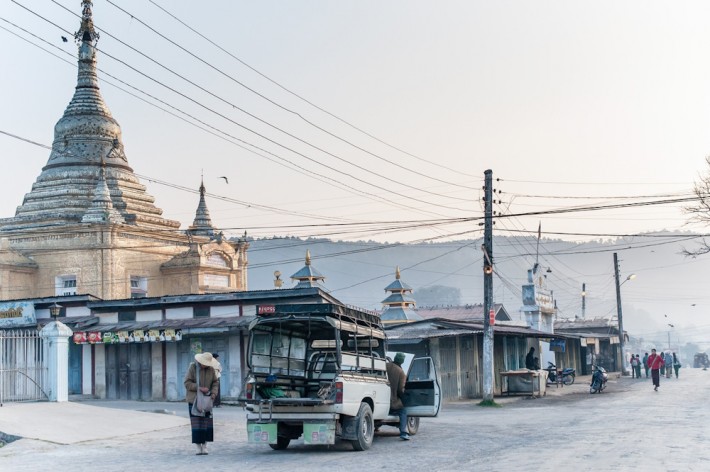
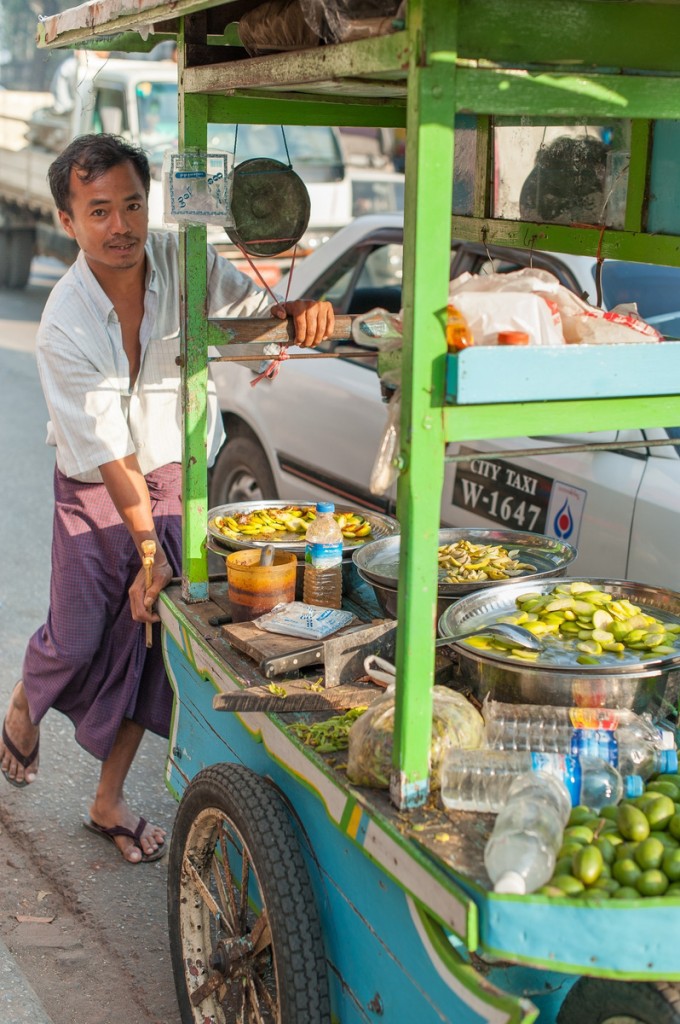
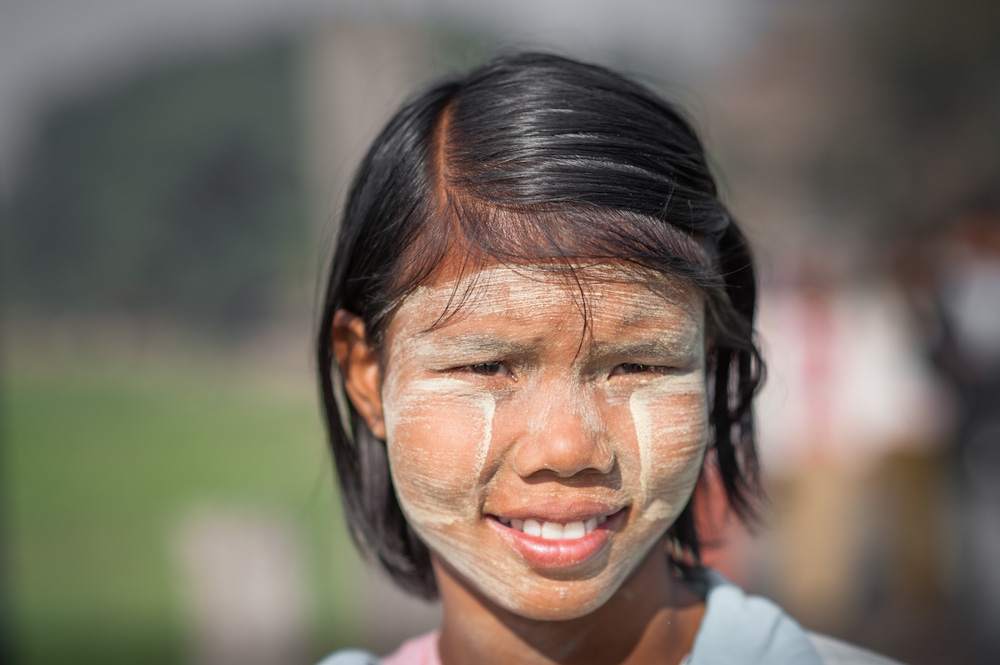
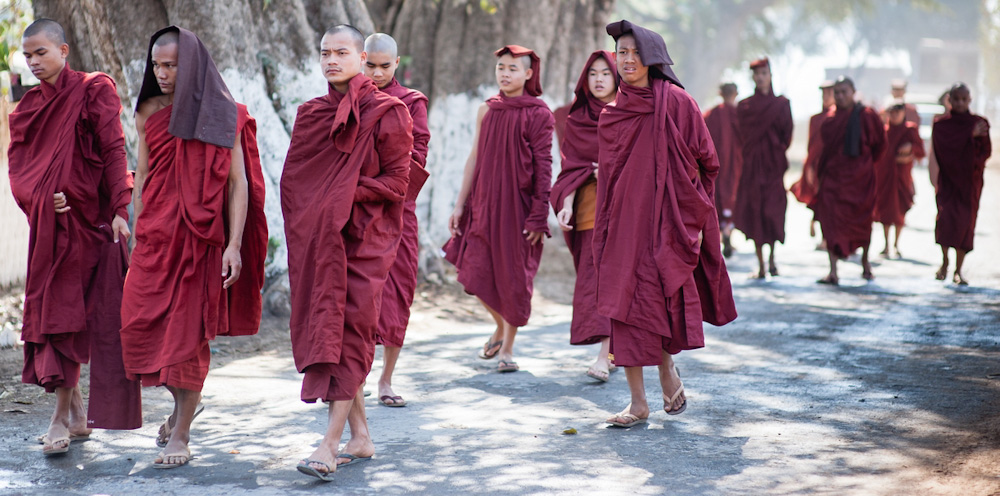
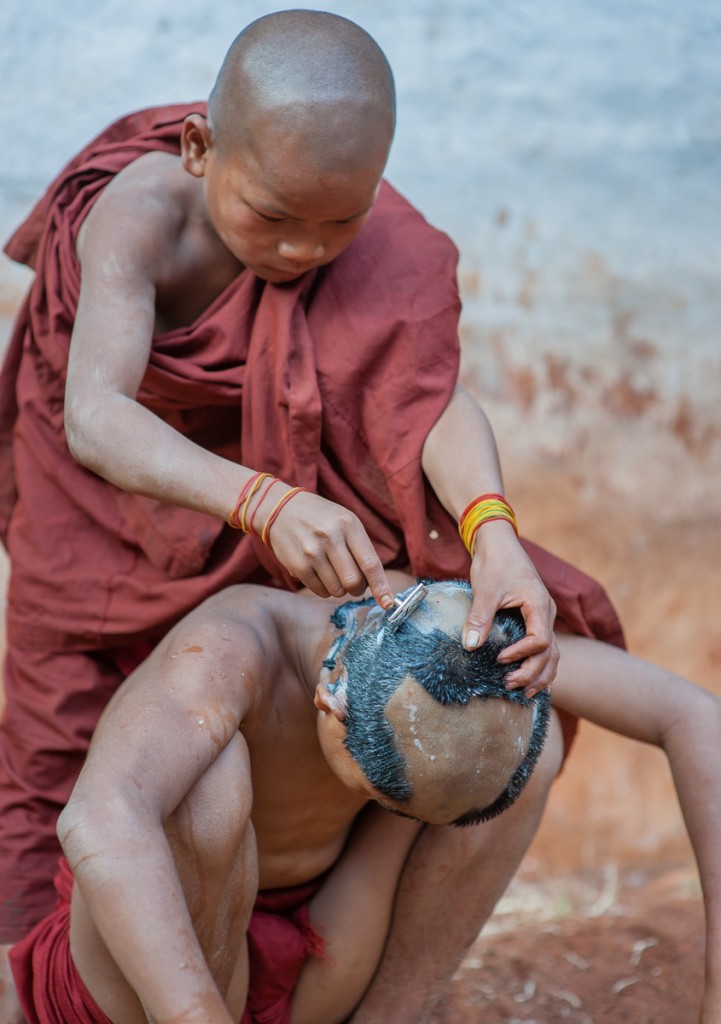
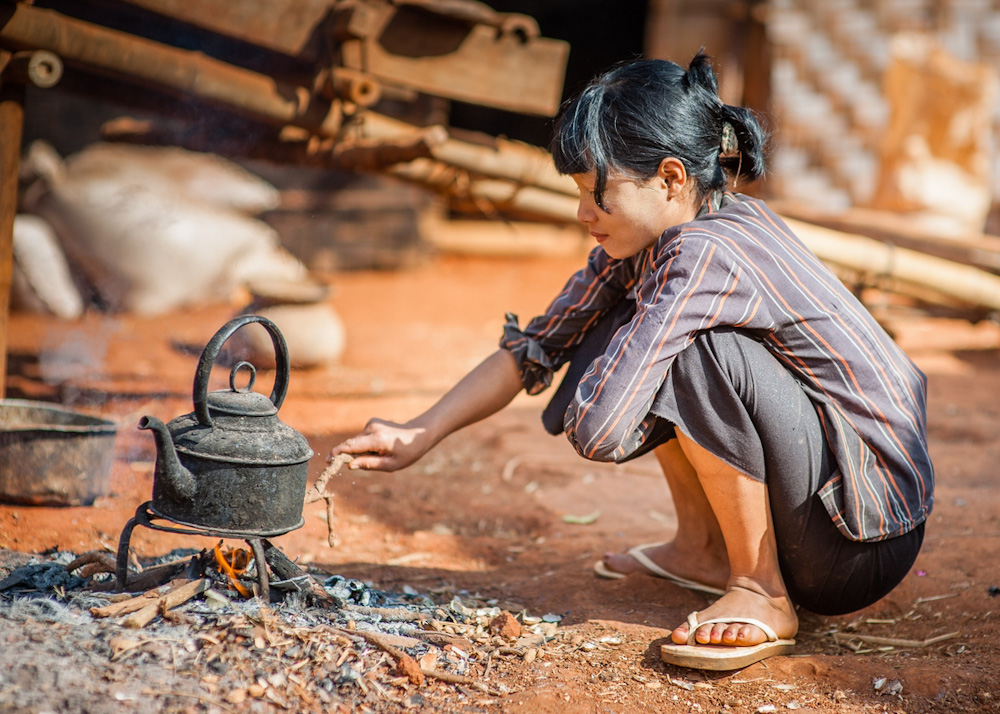
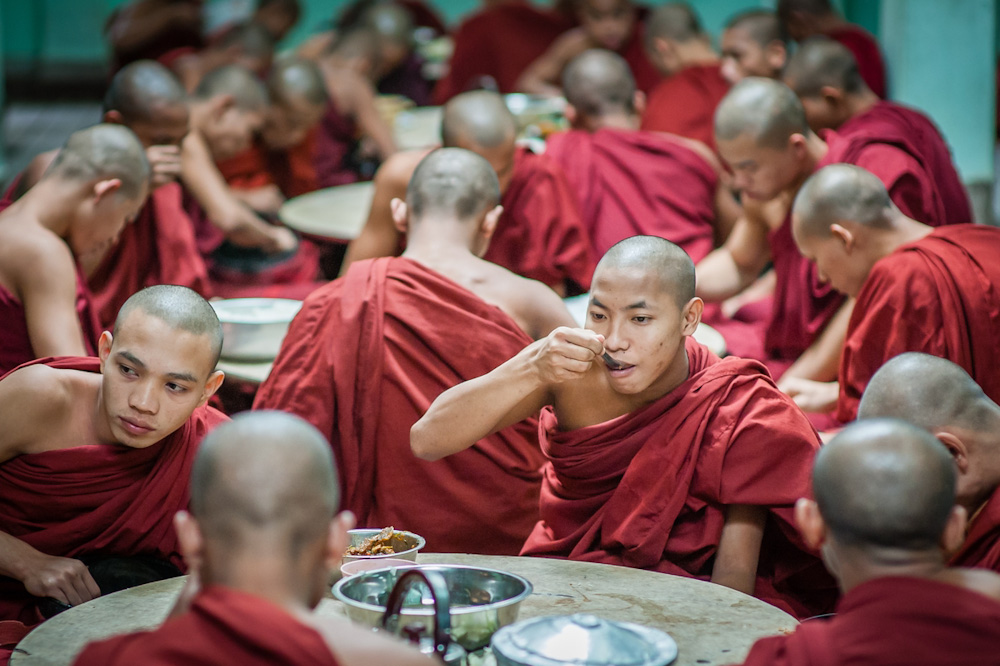
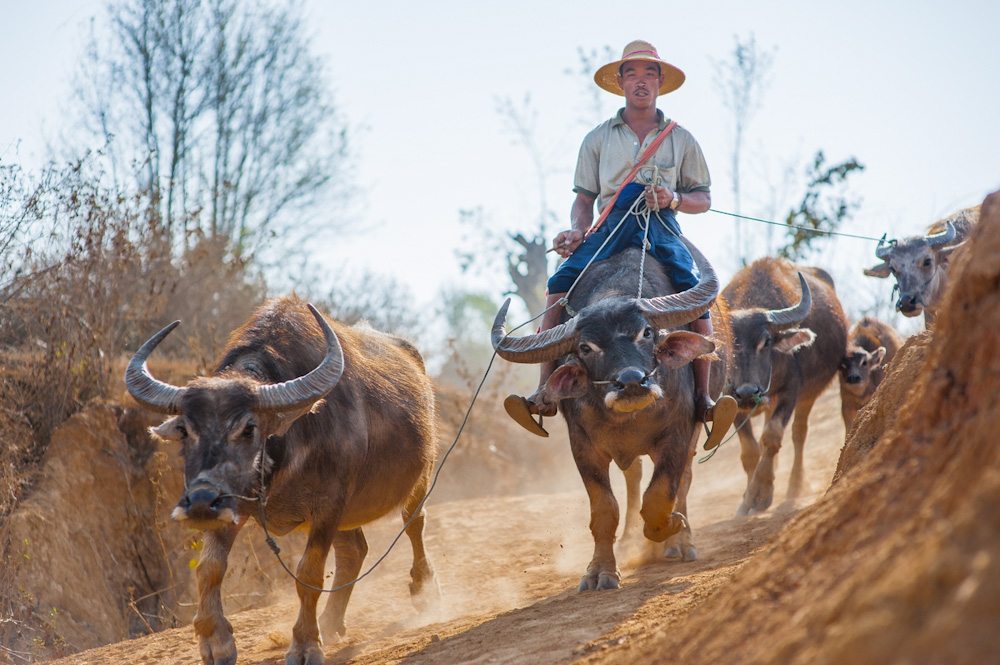
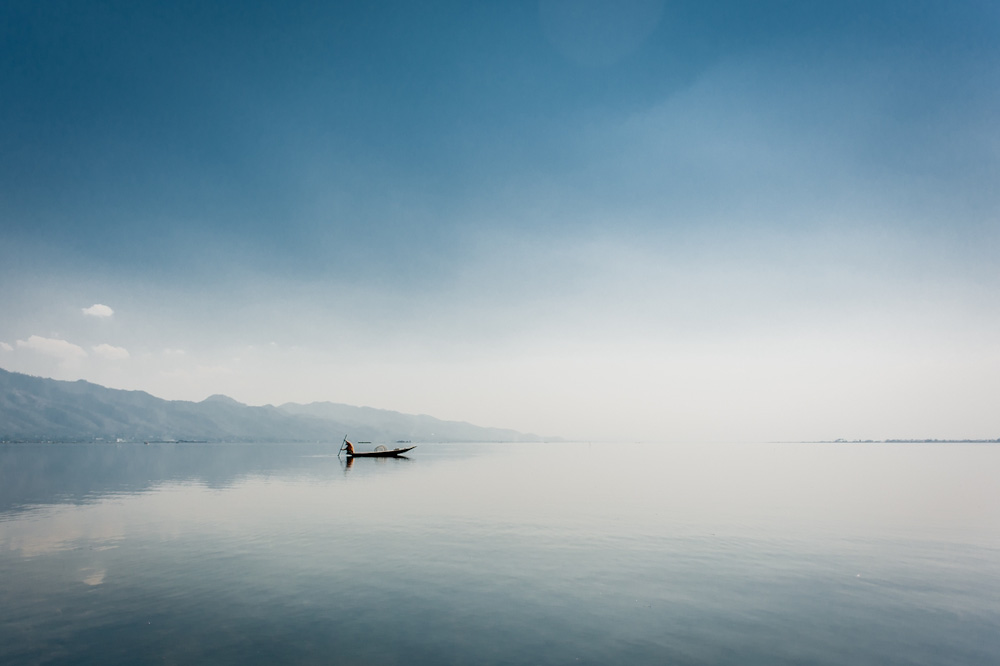
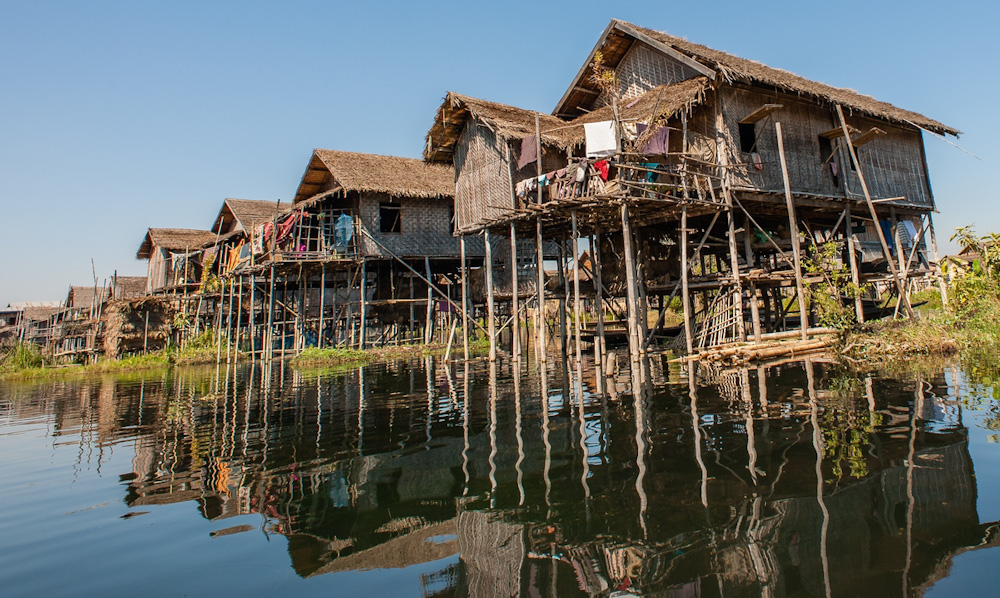
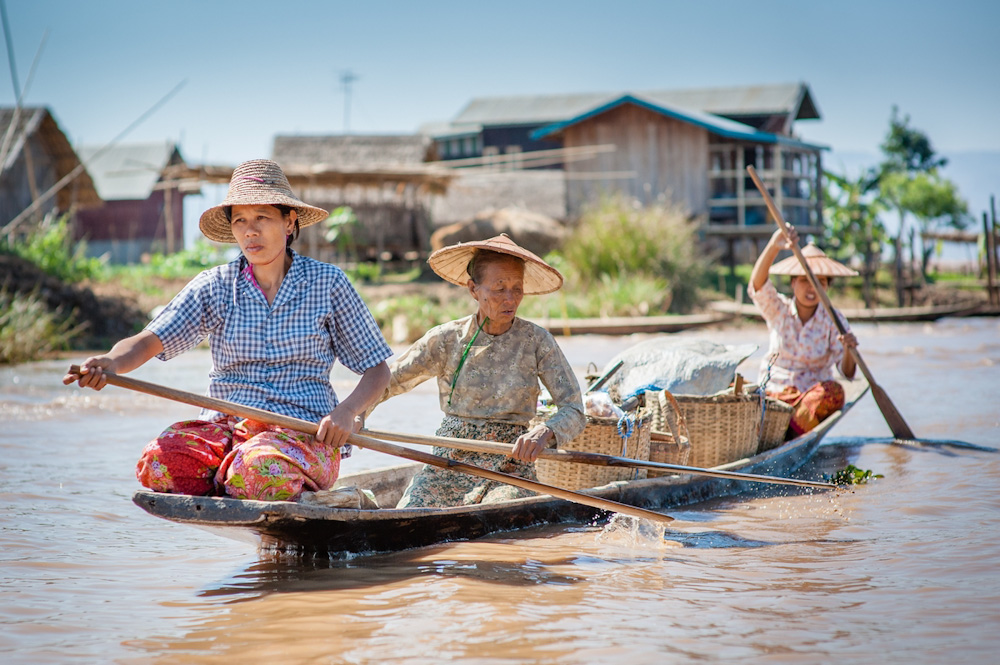
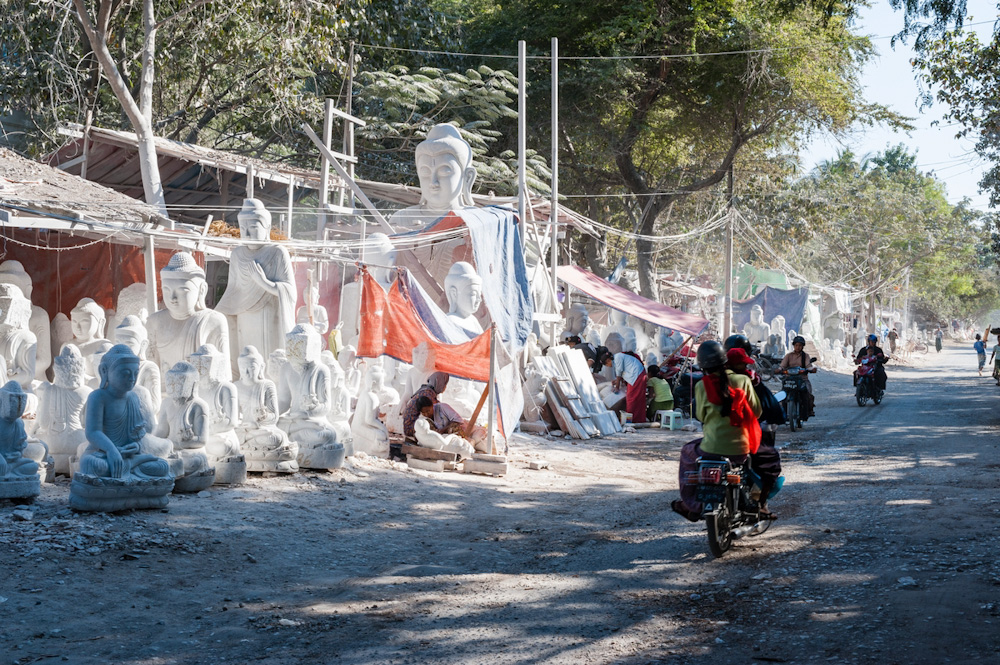
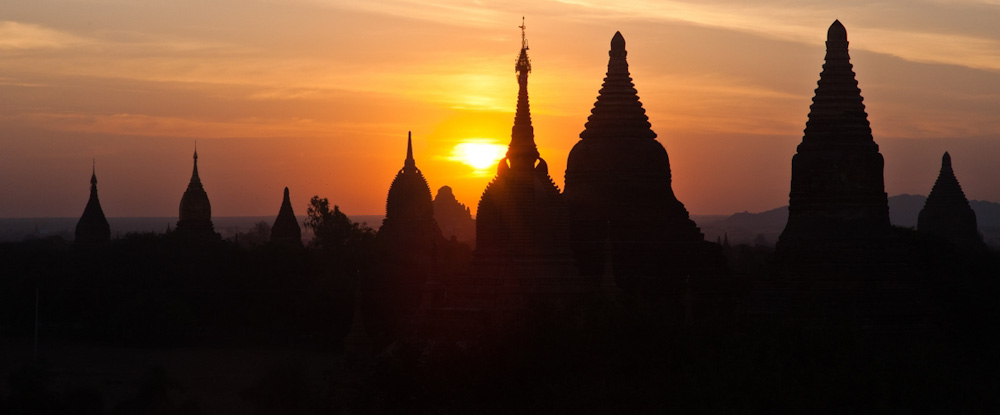
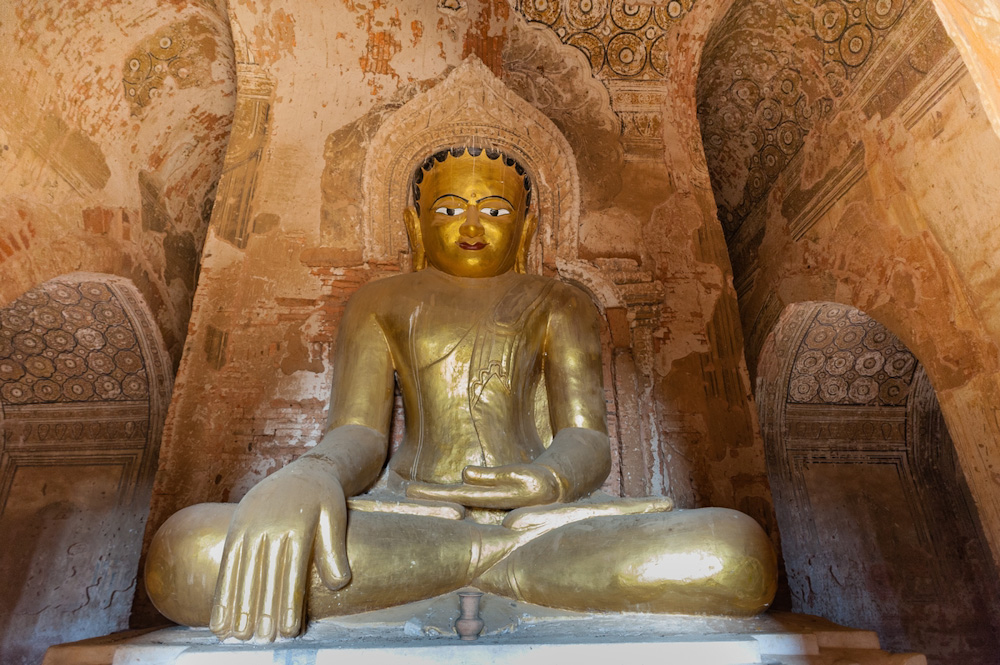
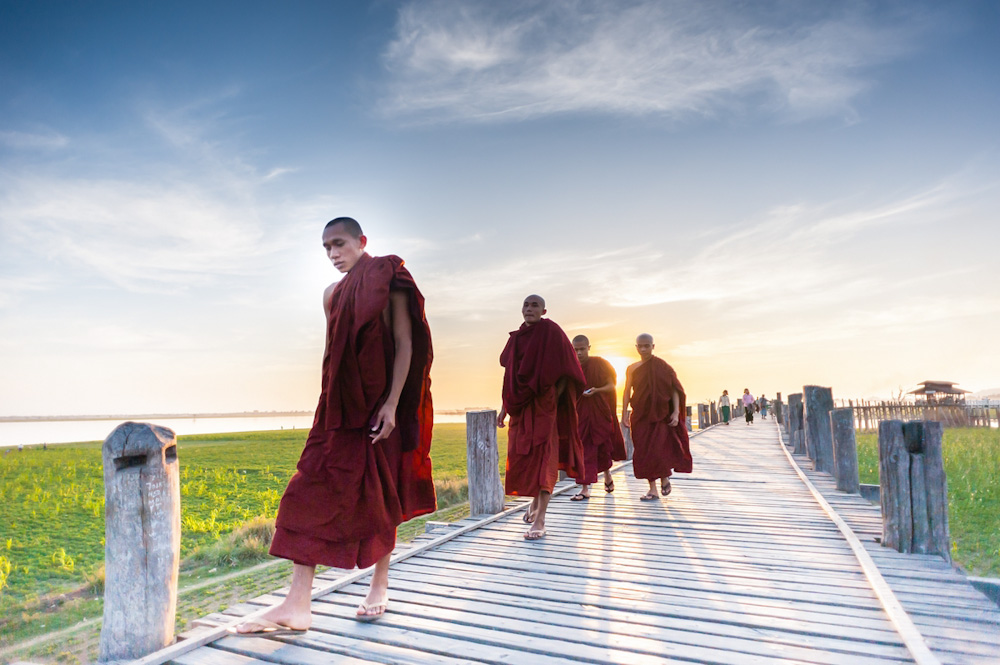
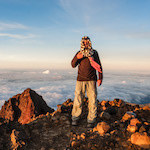
Hi, Carlos, great post and photos! Myanmar is probably one of the most beautiful travel destinations in Southeast Asia. Absolutely gorgeous place to visit and wonderful people. Plus, the food there is inexpensive!
Thanks Annika; I’m glad you like my post. You are totally right: Myanmar is gorgeous. I’d love to get back there and travel farther from the Central part of the country.
Loved reading this Carlos, and we had similar views visiting Myanmar last year. Glad you did the Kalaw – to Inle lake trek – totally worth every second. Cheers! Dorene
Dorene, thanks a lot.
The trek was amazing. I’d love to go back and do something similar in other parts of Myanmar. One day….
Exploring Myanmar can often feel like you’ve stumbled into a living edition of the National Geographic, circa 1910! The country, for instance, has yet to be completely overwhelmed by Western fashion – everywhere you’ll encounter men wearing skirt-like longyi, women smothered in thanakha (traditional make-up) and betel-chewing grannies with mouths full of blood-red juice. People still get around in trishaws and, in rural areas, horse and cart. Drinking tea – a British colonial affectation – is enthusiastically embraced in thousands of traditional teahouses.
I would like to mention an another undiscovered country is called Bangladesh, which is amazingly blessed by their diversified cultures & costumes.
Saiful, you are totally right. And I’d have loved to get to Bangladesh during the 18-month journey through Asia. Maybe next time…
Thank you for bringing back so many memories about Myanmar! I had a tough but great time there – totally worth it. That shot of Inle Lake is stunning <3
My pleasure, Tim. Thanks for your comment about the Inle Lake image. I’m also a photographer. Feel free to check my Myanmar images at http://www.carlospenalbaphotography.com.